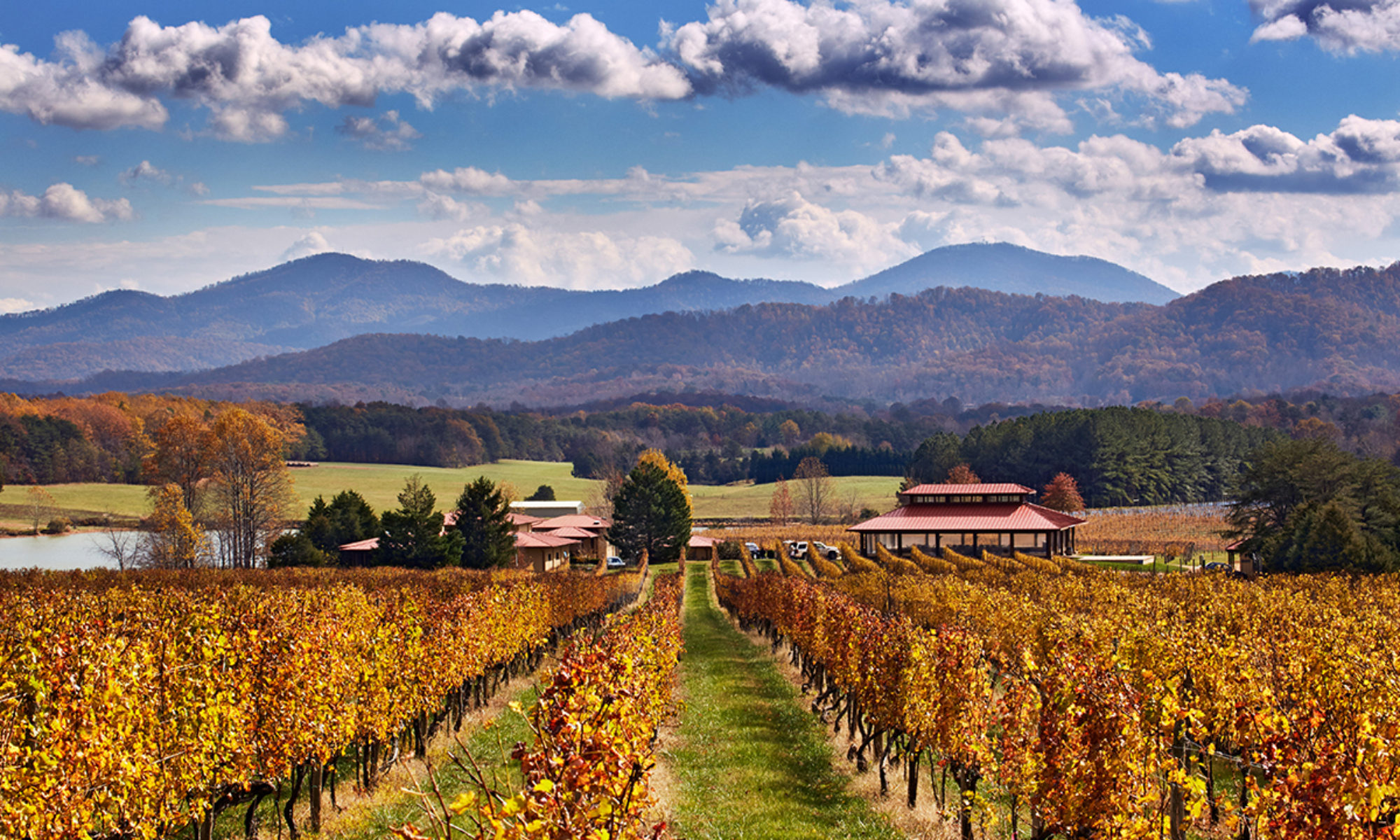The Dog and Oyster Vineyard
• Located in Irvington, near the mouth of the Rappahannock River as it joins into Chesapeake Bay. The wine tasting room is called “Sip”, and the oyster stand is called “Slurp.” The name comes from the rescue dogs who help protect the vines from deer. The winery was for sale in 2016, listed at $600,000.
• Wine. Tier II. Dog and Oyster won silver and bronze medals in the Virginia-wide Governor’s Cup wine competitions in 2014 and 2015. The wines are specifically made to go well with oysters, a unique approach. These include an Oyster White, made from Chardonnel, and a Pearl, made from Vidal Blanc. The Shelter Dog Red is 100% Chambourcin (similar to the Gamay grape used in Beaujolais). Winegrower Mark Holliston is well regarded, and they use 100% estate-grown grapes.
• Setting. Something you don’t see every day: the vineyard entrance is flanked by two 40-foot tall corkscrews (they do not, regrettably, offer 40-foot tall tasting glasses). Small-sized vineyard at six acres. Property is paired with the Hope and Glory Inn. The website informs that the Inn has five times been voted among “the Top Ten in America.”
• Stories. Natural Virginia: the Bald Eagle. Another animal goes well with the dog and the oyster here, giving one a chance to combine mammal, mollusk and bird. Virginia’s Northern Neck boasts one of the East Coast’s largest populations of Bald Eagles, the national bird of the United States. These impressive birds can seem surprisingly common in parts of the Neck, where proximity to water and fish, plenty of old-growth trees for nesting, and limited numbers of people help them thrive. The recovery of the bald eagle is one of the more hopeful tales of natural restorations of the 20th century. From a population estimated at half a million across the United States in the 1700s, by 1950 there were only some 400 nesting pairs remaining: the eagles had become endangered principally due to the effects of DDT, a widely used pesticide which was belatedly discovered to lead to the thinning of bald eagle eggs to a point where the eagles could no longer reproduce. The banning of DDT and other measure to help the Bald Eagle rebound, and there are now over 100,000 individuals in the US. Looking out at the confluence of the Rappahannock and Chesapeake Bay is a great spot to see bald eagles, as is Belle Isle State Park, 20 miles upstream along the Rappahannock.
